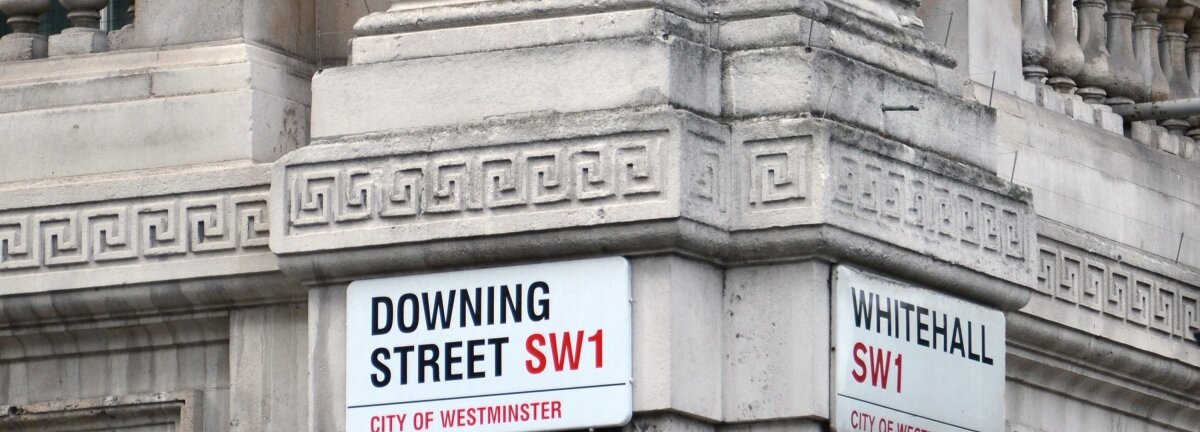Cabinet’s new Policy Lab should boost design for policy making

Interest in design for policy is likely to increase in early 2014 when the UK Cabinet Office launches a new Policy Lab to ‘work on live issues with policy teams to test how different techniques and tools can improve the pace, quality and deliverability of policy in the Civil Service’.
This will be the first design-led lab for strategic projects inside the UK government.
International precedents include the Helsinki Design Lab, which closed in 2013 but will inform the next stage of work at Sitra, MindLab in Denmark, which now focuses on service design and DesignGov, an 18-month initiative by the Australian Government.
Perceptions are shifting from design as a sector in need of policy support to a process that can aid policy development.
Service design is more established in the UK
Of all the design approaches for government, service design is the most established in the UK and the Design Council’s own work in this area is part of an ecology of charities, social enterprises and private companies which has grown up over the past 10 years. Only a small number of strategic and policy projects have taken place and knowledge of how and when design can add value to more structural work is still developing.
There are leading examples of public sector bodies using technology and design from within to transform attitudes and ways of working. Most visibly in the UK, the Government Digital Service has rationalised over 2000 different government websites into approximately 300. It won the Designs of the Year award in the UK in 2013 and has done much to amplify the potential of technology and design for government.
Interest in design for policy making is increasing
In 2013 the Design Council received numerous requests to deliver introductory workshops on design methods to strategy teams in central government departments, frequently as part of civil service training courses. These sessions have helped to build awareness of design in central government by showing how it offers a different problem-solving framework. Typically they include:
- Introduction to design methods, such as customer journey mapping and user observation
- Examples of how design has already been applied to policy and service challenges
- A session led by designers to demonstrate where design methods can be used in the policy process, for example right at the start to frame the problem by seeing the system or policy in question from the widest possible range of perspectives.
However, there are only a handful of cases where design is used in real policy projects in the UK and relatively few people can articulate when and how it adds value. Much has been made of how design can bring human insights into policy making for example, possibly at the expense of its potential to aid the creation and management of complex systems through clearer visualisation.
Partly this indicates how new the application of design to live policy development is, but it also highlights some of the barriers. These include a lack of evidence of impact, the need for clear language and examples, and the need for adoption by commissioners. The Cabinet’s Policy Lab should play an important role in demonstrating how design can aid policy development by increasing the number of design-led policy projects from within government.
How design can aid policy development
To understand more about how design can be of use to policy makers it must be seen as a process for approaching problems and creating change, rather than an output such as a product or logo.
Many design methods, such as customer journey mapping, service blueprinting and rapid prototyping, are equally relevant to policy and strategic challenges as they are to front line services.
Some of our emerging views about the value of design for policy makers are:
- Design offers methods to de-risk stages in policy development through early, frequent testing using prototyping methods
- Design is effective at eroding disciplinary boundaries and creating a common language for people from different sectors - this is vital in tackling problems that are so complex that no one discipline can address them
- Design is one of the few methods which can provide an accelerated way of looking at systemic issues whilst retaining detail
- Design can help to include human insights into policy development
- Perceptions are shifting from design as a sector in need of policy support to a process that can aid policy development
Insights from our delivery work and international parallels show some of the ways design can be applied to strategic challenges and we set out much of our current thinking in the recent Design for public good report.
More examples of policy design are needed
Design can be effective in both service and structural contexts, but until more is done at the strategy level we risk having a constellation of discreet innovation projects across the public sector. Although much excellent work has taken place at the service level, in many cases systems overhaul is needed and it may even be that projects that ease delivery pressures conceal bad systems and policy.
But design for policy makers is only just emerging as an approach and we need much more evidence and examples that show the nuts and bolts of how design can and has added value.
The new Policy Lab should aim to deliver some of these in the UK
Subscribe to our newsletter
Want to keep up with the latest from the Design Council?
